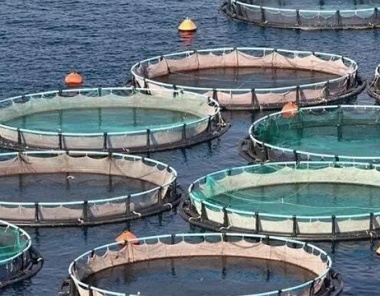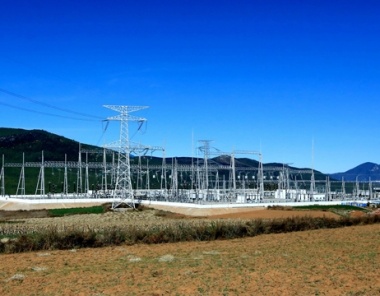Petroleum and petrochemical
2025-07-11
The increasing prevalence of drones poses significant security risks to critical infrastructure, including petroleum and petrochemical facilities. These sites can be targets for various threats, including industrial espionage, terrorism, or even accidental drone incursions. An effective anti-drone system for these facilities should encompass several key components and strategies:
1.Detection Systems
Radar Systems: Utilize radar technology to detect drones at various altitudes. This can include 2D and 3D radar systems capable of identifying small, low-flying drones.
Radio Frequency (RF) Sensors: These can detect the signals between the drone and its operator, allowing for the identification of unauthorized drones.
Optical Sensors: Cameras with advanced image recognition capabilities can be deployed to visually confirm drone presence and track their movements.
Acoustic Sensors: These sensors can detect the unique sound signatures of drones, especially in quiet environments.
2.Tracking and Identification
Automatic Identification Systems (AIS): Similar to those used in maritime security, these systems can be adapted to track drones and identify their types.
Data Fusion: Integrate information from multiple detection sources to create a comprehensive situational awareness picture.
3.Countermeasures
Jamming: RF jamming can disrupt the communication between the drone and its operator, causing it to return to its home point or land.
Spoofing: This technique involves sending false signals to the drone, misleading it into thinking it is in a different location or that it should land.
Physical Interception: Deploy nets or trained birds of prey to physically capture or disable the drone.
Laser Systems: High-energy lasers can be used to disable drones at a distance.
4.Integration with Security Protocols
Access Control: Combine anti-drone systems with existing physical security measures, such as fences, guards, and surveillance cameras.
Incident Response: Develop protocols for how to respond when a drone threat is detected, including evacuation plans and communication with law enforcement.
5.Regulatory Compliance
Ensure that the anti-drone measures comply with local laws and regulations regarding drone use and counter-drone technologies.
6.Training and Awareness
- Train security personnel on the capabilities of the anti-drone system and how to respond to potential drone threats effectively.
- Conduct regular drills to ensure readiness and refine response strategies.
7.Collaboration with Authorities
Work closely with local law enforcement and regulatory bodies to share intelligence on potential drone threats and develop coordinated response strategies.
8.Continuous Monitoring and Upgrades
Regularly update the technology and tactics used in the anti-drone system to adapt to evolving drone technologies and threat landscapes.
Conclusion
Implementing an anti-drone system for petroleum and petrochemical security is essential to protect these critical infrastructures from potential threats. A multi-layered approach that combines detection, tracking, countermeasures, and collaboration with authorities will provide a robust defense against unauthorized drone incursions.
← Prev Post
Next Post →
Related Info










